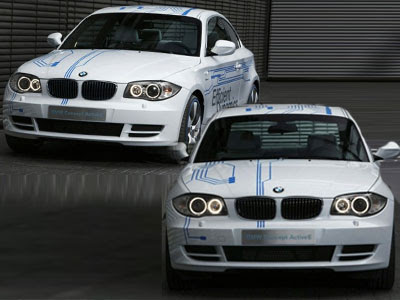
peugeot 207 cc and girl
Design-wise, the
peugeot cars 207 CC offers more elegant, sportier and sleeker lines than the
206 CC it replaces. The rakish windscreen does a wonderful job of highlighting the athleticism of the car. The rear, which I personally think has shades of the Mitsubishi Colt CZC, is neater and positively more attractive than its predecessor.
From whichever angle you look at it, the
peugeot 207 CC now boasts a smarter and more confident look, more so with the top down. All it takes is just 25 seconds to convert from coupe to cabriolet, and vice versa. Without a one-touch function, all that you can do throughout these 25 seconds is to watch in awe as the roof folds majestically into the boot. Operating the roof is totally automatic, meaning that there is no catch to release or lock.
With the roof down, wind buffeting, or rather the lack of it, is never an issue. You can still hold a decent conversation at expressway speeds in the 207 CC.
The downside with many convertibles is that the absence of a solid roof often translates to rigidity problems. Without solid pillars to provide additional support to the overall frame, lesser convertibles usually fall prey to body flex. Peugeot engineers, however, have done a commendable job in strengthening the chassis, thus ensuring that the car remains largely flex-free even over bumpy roads and bends. The downside, however, is that 200 kilos have been added to the overall weight of the car.
Steering is both responsive and decently sharp, although it does get a bit vague above expressway speeds. Compared to the previous model, steering feedback has also improved, giving more information to the driver on the road surface conditions. On the inside, quality and design, have been given a boost with soft-feel facia. There’s no doubt that the 207 CC has become a classier car overall. Space-wise, there is abundance of it for those in front. It’s a different story altogether for the rear seats as even midgets would complain of cramped conditions.
Where luggage is concerned, golfers heading to the range or course should dispense with their full-size golf bags and full set of clubs. With the roof up, you get 449 litres of space. Driving topless, the cargo area dwindles to 187 litres. A practical solution is to dump the bags on the rear seat.
As much as I adore the 207 CC, the car is not without its bugbears, principally the four-speed Tiptronic gearbox. I had expected a consistent ‘hot-knife-through-butter’ smoothness in the gear changes but was greeted with the occasional jerkiness. Drive the car in the manual mode and you’ll have to contend with gear shifts that are anything but swift.
On the move, the 207 CC offers a generally pliant and comfortable ride. At the heart of the coupe cabriolet is a four-cylinder 1.6-litre engine with variable valve timing. Co-developed with BMW, the powerplant generates a maximum of 120 horses at 6,000 rpm and takes 12.6 seconds to sprint from zero to hundred. Torque is a surprising 240 Nm, offering abundant pulling power for swift overtaking. And when speed needs to be shed, the brakes bite exceptionally well.
The 207 CC, which boasts of 5-star Euro NCAP rating, abounds with safety features. These include Electronic Stability Program (ESP), Anti-lock Brakes (ABS), with Electronic Brake Distribution (EBD), and Emergency Brake Assist (EBA). On top of these, the four airbags and chrome-plated rollover bars complete with the safety net. J



 2010 BMW ActiveE Concept Car
2010 BMW ActiveE Concept Car 2010 BMW ActiveE Concept Car
2010 BMW ActiveE Concept Car 2010 BMW ActiveE Concept Car
2010 BMW ActiveE Concept Car 2010 BMW ActiveE Concept Car
2010 BMW ActiveE Concept Car 2010 BMW ActiveE Concept Car
2010 BMW ActiveE Concept Car 2010 BMW ActiveE Concept Car
2010 BMW ActiveE Concept Car 2010 BMW ActiveE Concept Car
2010 BMW ActiveE Concept Car 2010 BMW ActiveE Concept Car
2010 BMW ActiveE Concept Car

